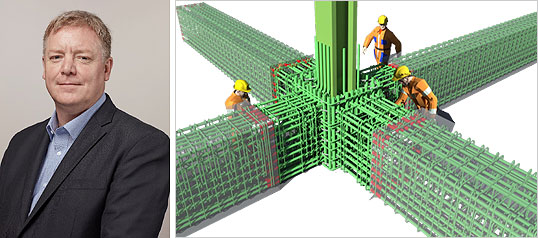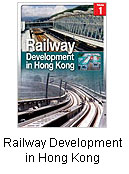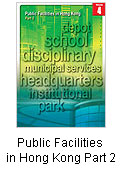September 15, 2017
DfMA - Design for manufacture and assembly
Design for manufacture and assembly (DfMA) is a term increasingly heard in the construction industry. It involves prefabricating modular units off site in factory conditions, then assembling them together on site.
It’s a technique that avoids many of the piecemeal tasks involved in traditional construction – and it’s a very welcome development for a number of reasons. Much of the DfMA process is carried out in a controlled environment, so quality improves, with less material waste. The production line efficiencies of factory production cuts the time it takes to produce individual units, speeding up overall construction programmes. And reduced work on site means less need for workers to contend with bad weather and the hazards and distractions of the construction site, increasing safety.
DfMA is already in use in Hong Kong’s construction industry, with prefabricated service risers, plant rooms and bathroom units being used in several public housing projects. And the potential for DfMA to bring cost, time and safety benefits to other parts of the construction industry is nearly limitless.
But despite the urgent need and the obvious benefits, there are three key barriers to embedding DfMA in Hong Kong:
Prefabrication requires designers and contractors to collaborate closely to fix and detail the design, ready for manufacture offsite. This works for ‘design and build’ projects as the designer and contractor are in the same team, but this is not a very common model in Hong Kong.
The fast-paced bidding process allows too little time for the development of innovations that can add significant value through design, manufacture and assembly. Raising awareness of the benefits of DfMA will encourage clients to favour these projects.
Building regulations are well adapted to traditional construction solutions, but pose challenges to DfMA projects. Adapting the approvals process to this new technology will encourage more take-up of prefabrication.
All of these challenges can be overcome if the government and developers work closely with designers, engineers and contractors to support stronger take-up of DfMA. Some organisations, such as the Construction Industry Council and Hong Kong University, are showing real leadership in this field, and it’s time for others to follow their lead.
Paul Lengthorn, Business Development Director, Mott MacDonald said “And there could be no better time to promote the benefits of DfMA in the industry. There is already a surge of new projects in anticipation of Hong Kong 2030+, the government’s infrastructure development strategy that will shape the built environment of the territory for decades to come, with many more projects in the pipeline.”

Paul Lengthorn
Business Development Director
Mott MacDonald
Building & Construction E-Book series
    
|
|